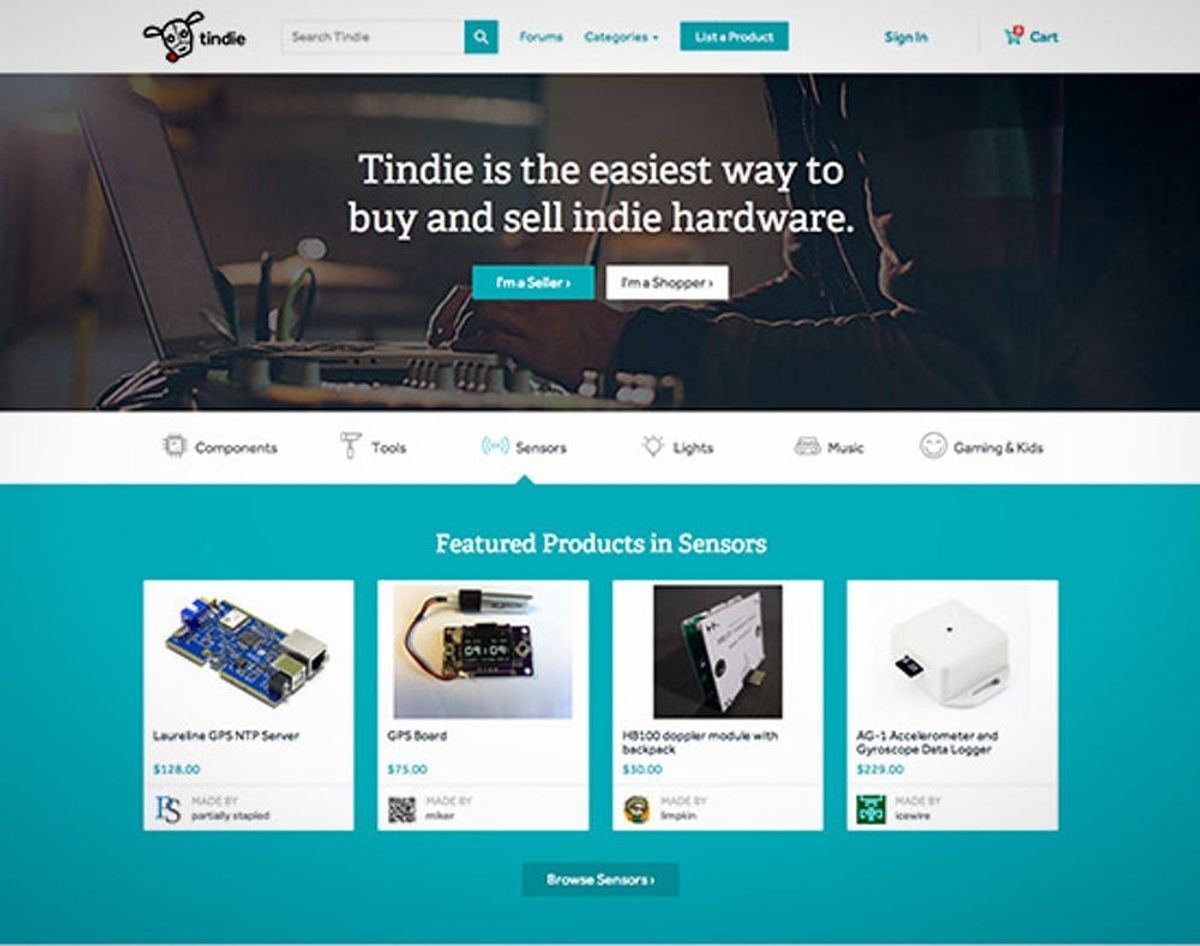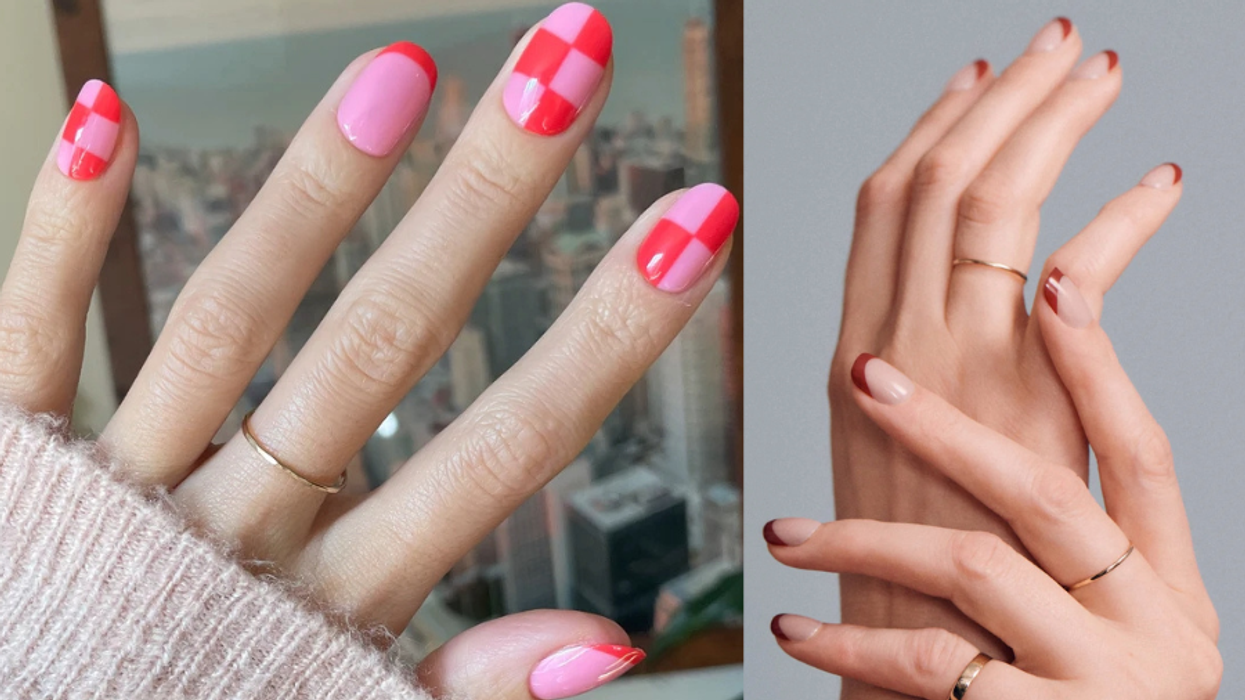What if we told you there was a marketplace out there dedicated to promoting hardware hacks, à la DIY digital camera, smart home systems, ultra thin, flexible circuit boards and cocktail dispensing robots? Chances are, you’d want to know about that. (Hasn’t everyone dreamed about the real-life Rosie Jetson making martinis for them?) Well, now there is one place to support hardware heading in that direction, and that place is called Tindie.
Hack Your Hardware With the Help of New Site, Tindie

What if we told you there was a marketplace out there dedicated to promoting hardware hacks, à la DIY digital camera, smart home systems, ultra thin, flexible circuit boards and cocktail dispensing robots? Chances are, you’d want to know about that. (Hasn’t everyone dreamed about the real-life Rosie Jetson making martinis for them?) Well, now there is one place to support hardware heading in that direction, and that place is called Tindie.
Creator Emile Petrone, a longtime user of Arduino and Rapberry Pi, saw all the incredible things being talked about on hacking forums, so he posed a question on Reddit: Would anyone out there be interested in a marketplace to sell whatever hardware it is they’re hacking? The answer was y-e-s. So two years ago he launched the site, and today, Tindie users have processed over 10,000 orders, shipped to more than 71 countries and worked with everyone from NASA and Google, to librarians and part time enthusiasts. So yeah, you could say people were interested.
Here’s something you already know: Cheaper manufacturing and rapid prototyping have produced the maker movement. Here’s something you might not know: With that movement, subcultures are starting to bubble up. One of those subcultures is this group of hardware hackers. In fact, Petrone is comparing what’s happening in these beginning phases of hacking to what was going on during the frontier days of personal computing. Which is why most of the products on the site look extremely homespun. Petrone is quick to remind everyone of the first appearance of the Apple I: “It wasn’t a fully assembled computer. It was hand-soldered in Steve Jobs’ garage.”
When the site first launched, Petrone thought about running Tindie like a Kickstarter. But in the end, he did the exact opposite. While concepts and big ideas are lovely, real prototyping and actual manufacturing is king. If you don’t have a tangible products on hand (most sellers have less than 100) and know that it works, then there’s no way to list it on Tindie. Once you start getting sales there’s plenty of room to do what hackers love doing — tinkering, refining, improving. If you put a product on Tindie and it sells, the people have spoken: They like your project, and they’re funding it the old timey way. By paying for actual products.
There’s a reason Tindie promotes and fosters physical goods rather than abstract dreams, ideas and concepts. Petrone argues that without having real life manufacturing experience, even if it is under 100 units, the makers don’t have a realistic idea of costs. The concern is that if a particular campaign gets massive funding, it might actually be detrimental to the success of the product and the maker due to their lack of knowledge. There is a strong possibility that they’ve underestimated their manufacturing costs. And while we’re still huge supporters of Kickstarter and Indiegogo, we can’t deny the guy has a point.
If you hop over to Tindie right now, you’ll notice there aren’t tons of household items available yet, but with the rapid rate of Tindie’s growth, we can see that changing in the next few years. One of the current top sellers is Chirp!, an automatic plant watering system that can sense soil moisture thanks to a built-in sensor. And for a mere $15, you can fund someone’s idea without having to wait a year until it’s an actually product. Instant gratification, it’s a beautiful thing.
What do guys think of Tindie vs. Kickstarter? Let us know in the comments below!

















